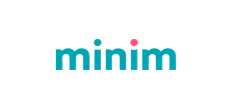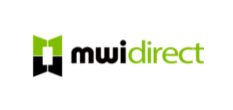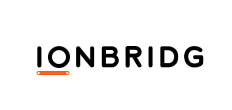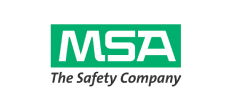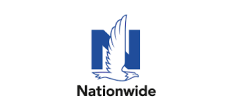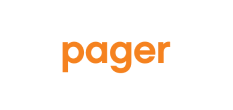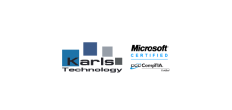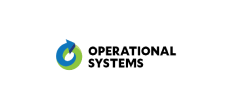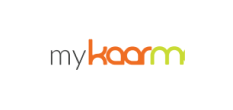MARKET-DRIVEN CURRICULUM DESIGNED BY EXPERTS

Mentor Support
Get weekly one-on-one mentorship, delivering personalized guidance to navigate every challenge.

Affordable Tuition
Earn a high-quality education that doesn’t come with a hefty price tag.

High-Demand Skills
Gain hands-on experience and high-demand skills, so you stand out as a top job candidate.

Job Ready Portfolio
In under six months, graduate with a portfolio showcasing your expertise and preparing you for employment.
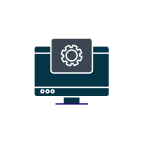
18-Week Course
WHAT YOU’LL LEARN IN THIS BOOTCAMP
Guided by industry-leading instructors and mentors, you’ll learn how to think strategically and design intuitively. You’ll gain hands-on experience creating stunning and functional web applications making you job-ready and prepared to make your digital mark.
Introduction to JavaScript
You’ll start by learning how to build and control the presentation, formatting, and layout of web pages.
Weeks 1-6

JavaScript
JavaScript is a dynamic programming language pivotal for web development, enabling interactive and engaging elements on websites. It runs directly in browsers, allowing developers to create animations, handle user input, and build rich web applications.

OOP
Object-Oriented Programming structures software around “objects,” simplifying complex data interactions. By modeling real-world categorizations, OOP helps in designing intuitive and maintainable web applications.

Unit Testing
Unit Testing involves checking individual code sections, or “units,” to validate their correctness. This practice helps in spotting issues early, guaranteeing that web components function as intended.

Algorithms
Algorithms provide a sequence of instructions for solving specific problems or tasks in programming. Mastering algorithms enables developers to optimize web functionalities, ensuring swift and effective user experiences.

Design Patterns
Design Patterns offer reusable solutions to recurrent web design issues. Adopting these patterns can lead to cleaner and more adaptable code, promoting consistent user experiences across websites.
Building Websites
Once you have the basics down, you'll explore how to code efficiently and handle advanced tasks, find and fix errors in your code, and create interactive websites.
Weeks 7-12

HTML
HyperText Markup Language is the foundational building block of web pages, defining their structure and content. It acts as the skeleton of a website, allowing developers to layout text, images, and other multimedia elements.

Bootstrap
Bootstrap is a popular front-end framework that aids in crafting responsive and visually appealing websites with ease. It provides pre-designed components and styles, enabling developers to create consistent and mobile-friendly web interfaces without starting from scratch.

JQuery
JQuery is a fast and concise JavaScript library. It helps streamline complex tasks, promotes cross-browser compatibility, and reduces the amount of JavaScript code required to achieve dynamic user interactions.

CSS
Cascading Style Sheets is a language used to style and design the visual appearance of web pages. By controlling elements like colors, fonts, and layouts, CSS transforms the basic structure provided by HTML into visually engaging websites.

AJAX
Asynchronous JavaScript and XML is a technique allowing web pages to fetch and display data without requiring a full page reload. This leads to smoother and more interactive user experiences, as information can be updated in real-time without interruptions.
Web App Design with React
In the final section, you’ll learn to manage and retrieve website data, navigate between pages, and design sleek components. This culminates in launching your own website project on AWS!
Weeks 13-18

ReactJS
ReactJS is a powerful JavaScript library developed by Facebook, designed for building user interfaces in web applications. It allows developers to create reusable components, ensuring rapid development and dynamic user interactions within web pages.

AWS
Amazon Web Services offers cloud solutions that empower front-end developers to host websites, deliver content globally, and scale applications. Its vast suite of tools supports everything from simple web hosting to complex application architectures, all in a cloud environment.

NPM
Node Package Manager is a tool primarily used to install and manage software libraries and other packages for JavaScript projects. It streamlines the process of adding functionality to web applications by providing access to thousands of reusable code packages.

JSX
JavaScript XML is a syntax extension for JavaScript commonly used with ReactJS. It allows developers to write UI components using a syntax that resembles HTML, blending both markup and logic, which makes defining and visualizing component structures more intuitive.

REST
Representational State Transfer is a set of guidelines for creating web services, especially APIs. By standardizing how applications request and exchange data over the internet, REST ensures efficient communication between different software systems.
READY TO CHANGE YOUR LIFE? CHOOSE AN UPCOMING BOOTCAMP
28
SEP
Front End Program
Classes Begin
Bootcamp
28
NOV
Front End Program
Classes Begin
Bootcamp
A MORE AFFORDABLE, ACCESSIBLE EDUCATION
The average coding bootcamp costs over $13,500. With our flipped-teaching model and stellar partners, we provide top-tier programs for much less, lowering the financial barriers to life-changing education.
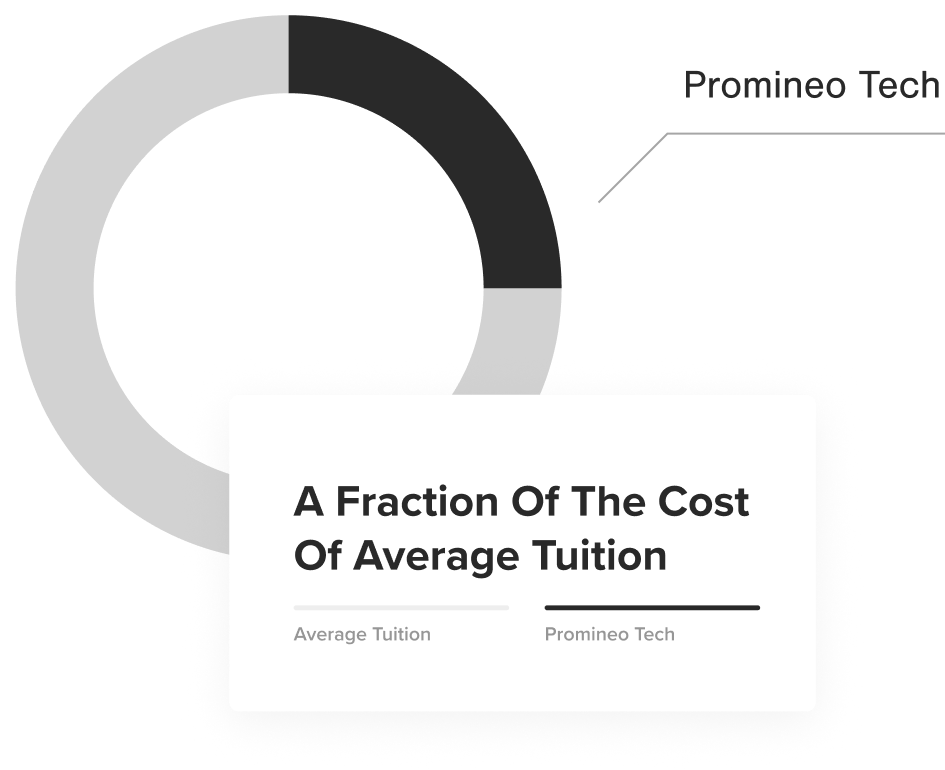
Frequently Asked Questions
Is the course instructor-led or self-led?
The course is instructor-led and live online.
How long is the course?
The course itself is 19 weeks long, which equates to just over four and a half months. You’ll meet for class once a week for 18 weeks and spend the final week of the program working on your final project in lieu of class
Are class sessions recorded?
Every class is recorded and available to students to review throughout the course. If a scheduling conflict arises, attendance requirements can be met by watching the video on occasion. This should not happen frequently, but life happens!
What is the background and experience of your instructors?
Most of our instructors work in the industry by day in addition to teaching. Our instructors have worked at Keap/Infusionsoft, USAA, Walmart, University of Arizona, Choice Hotels, American Express, Hightouch, US Army, FactSet, University of Wisconsin – Stevens Point, Mayo Clinic, and Whoop, among other national and multinational companies.
What is the structure of the program?
The structure of the program is a flipped classroom model. This entails that students review the curriculum before lectures and come to class already familiar with the relevant concepts. The bootcamp is part-time and designed for full-time working adults. However, students who are absolute beginners may need to invest extra time into learning the more advanced modules.
What technologies are covered?
There are many technologies covered in this program including JavaScript, Algorithms, OOP, Design Patterns, Unit Testing, HTML, CSS, JQuery, Bootstrap, AJAX, React, JSX, REST, NPM, AWS, and more.
What types of jobs will grads be prepared for?
Successful completion of the program will help you prepare for types of roles such as front-end developer, web developer, UI developer, JavaScript developer, web designer, UX/UI designer, front-end web engineer, mobile app developer (using web technologies), CMS developer/theme developer, SVG animator, performance/optimization specialist, accessibility specialist.
It Is Estimated There Will Be A Shortage Of 1.4 Million Software Developers In The US Within The Next Year. Start Your Career Today.
Where Our Alumni Work
Ready to Enroll
Take our short, 12-question assessment
Software Developer Pre-Assessment (1)
"*" indicates required fields


 Call to speak to a Program Specialist (480) 774-7842
Call to speak to a Program Specialist (480) 774-7842